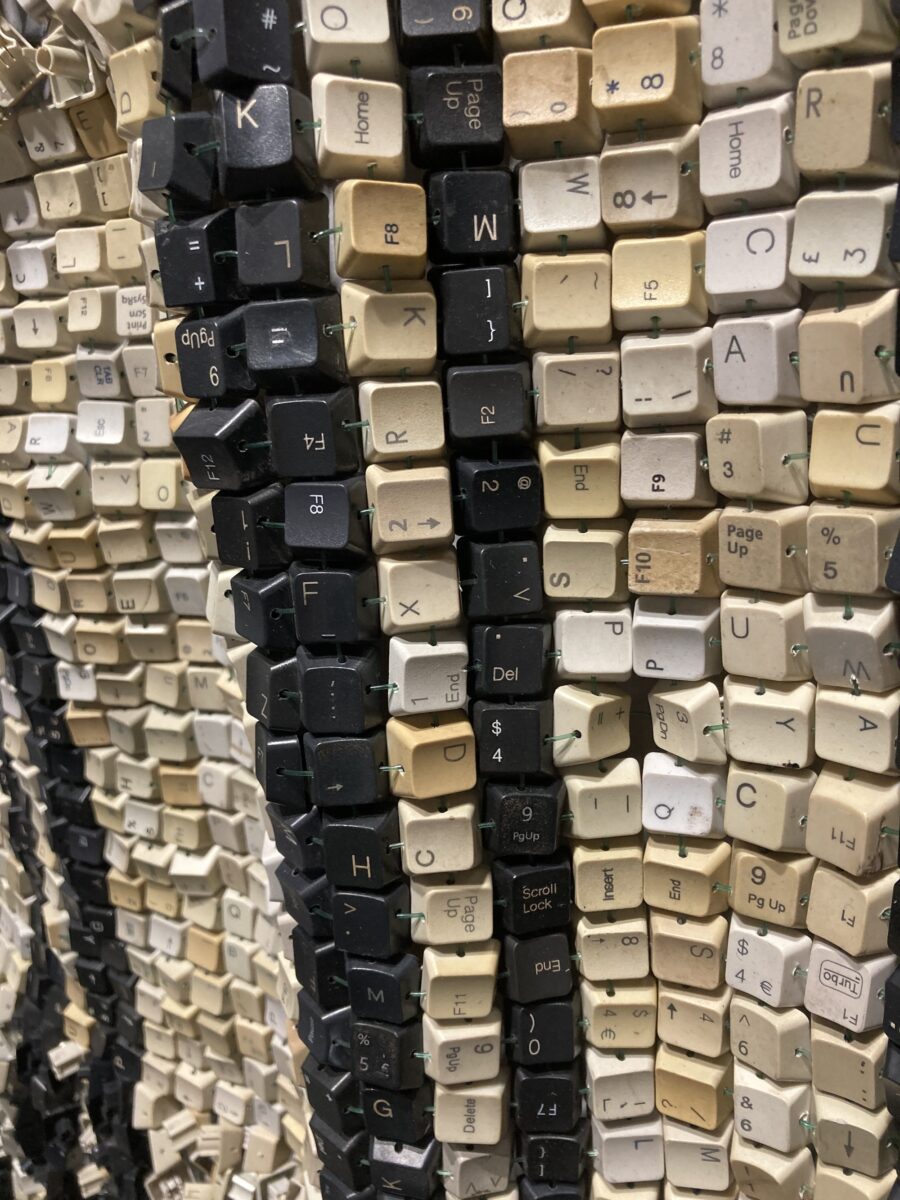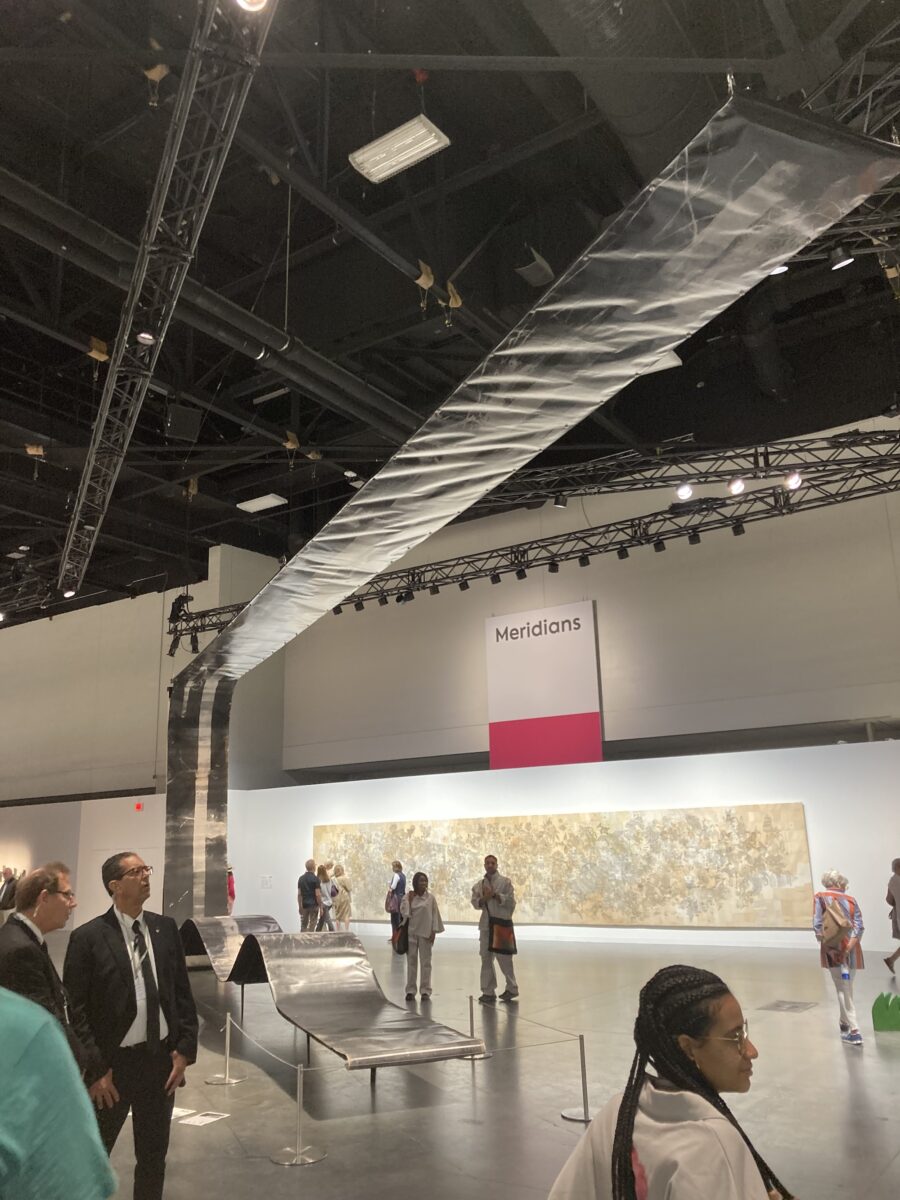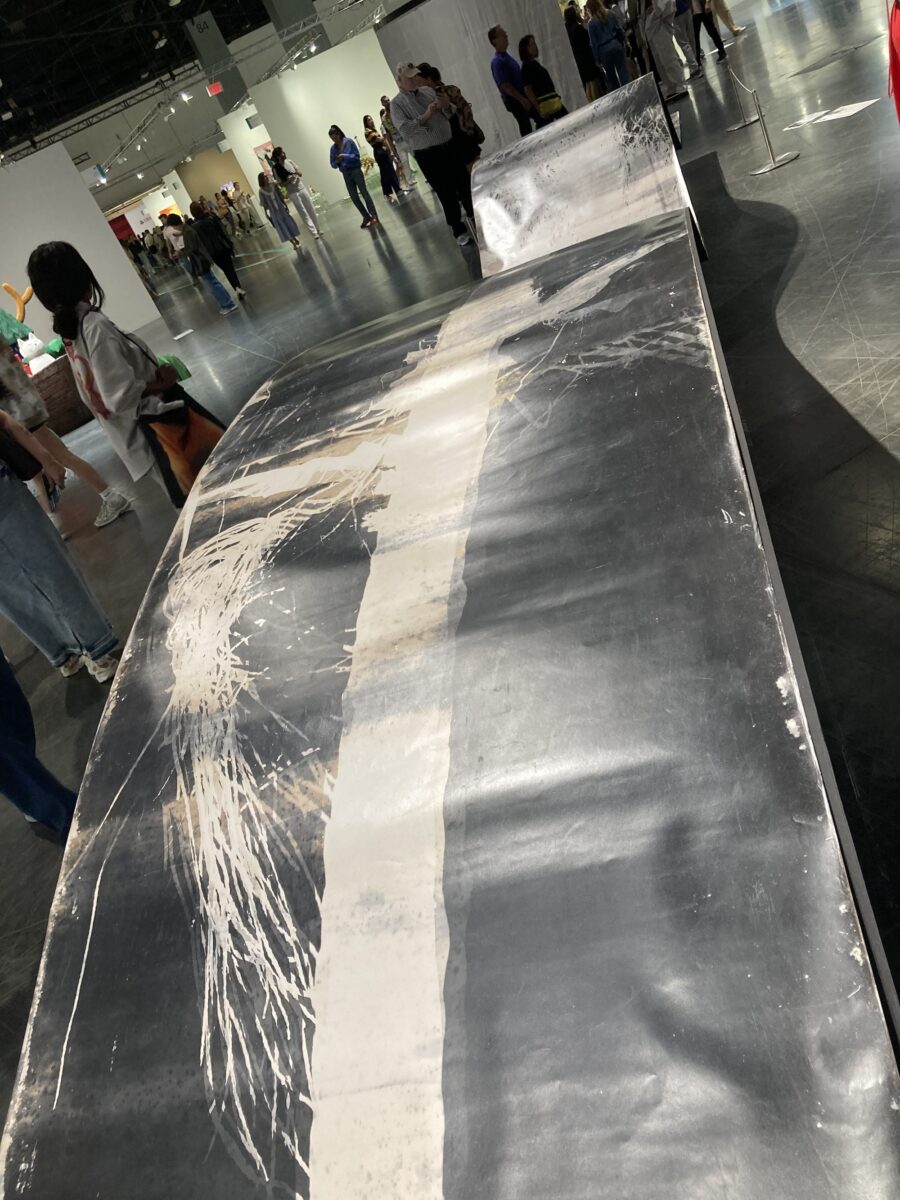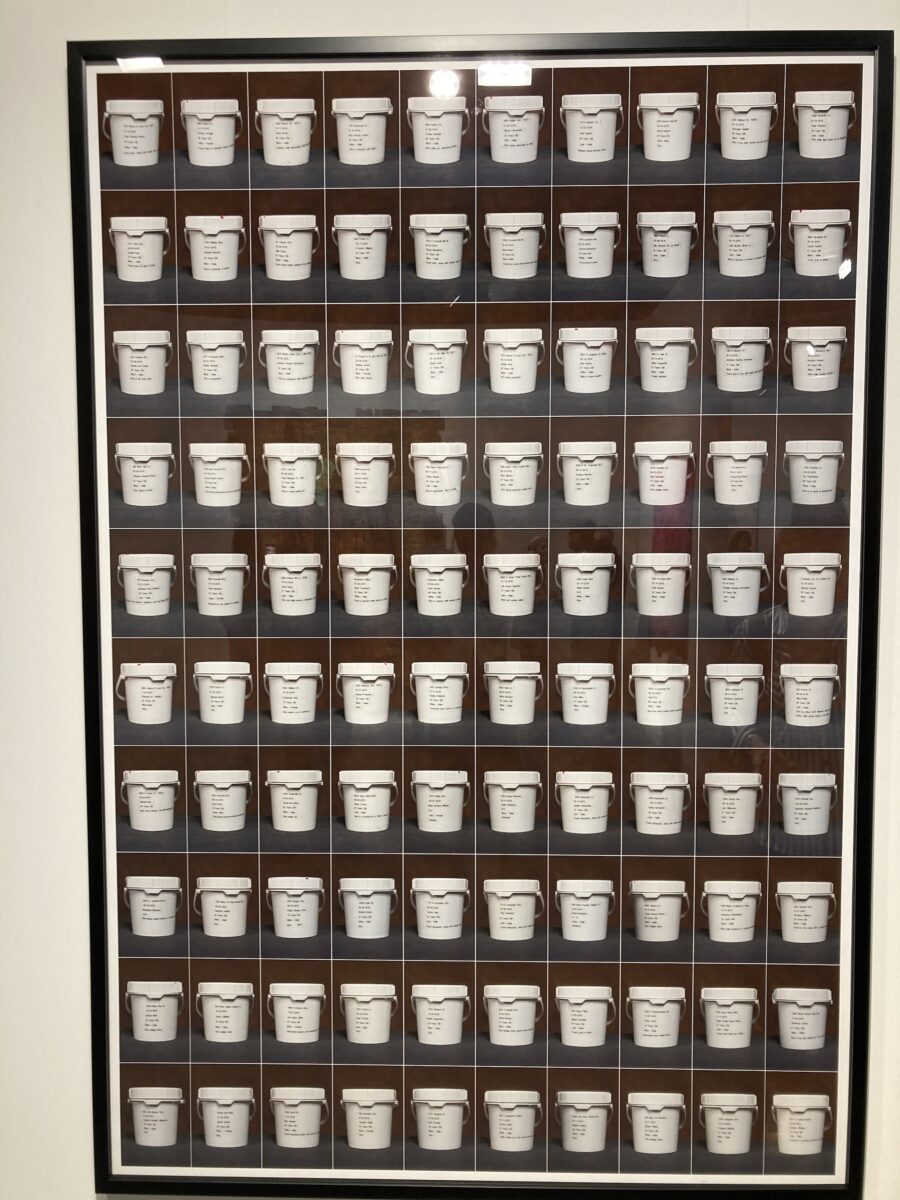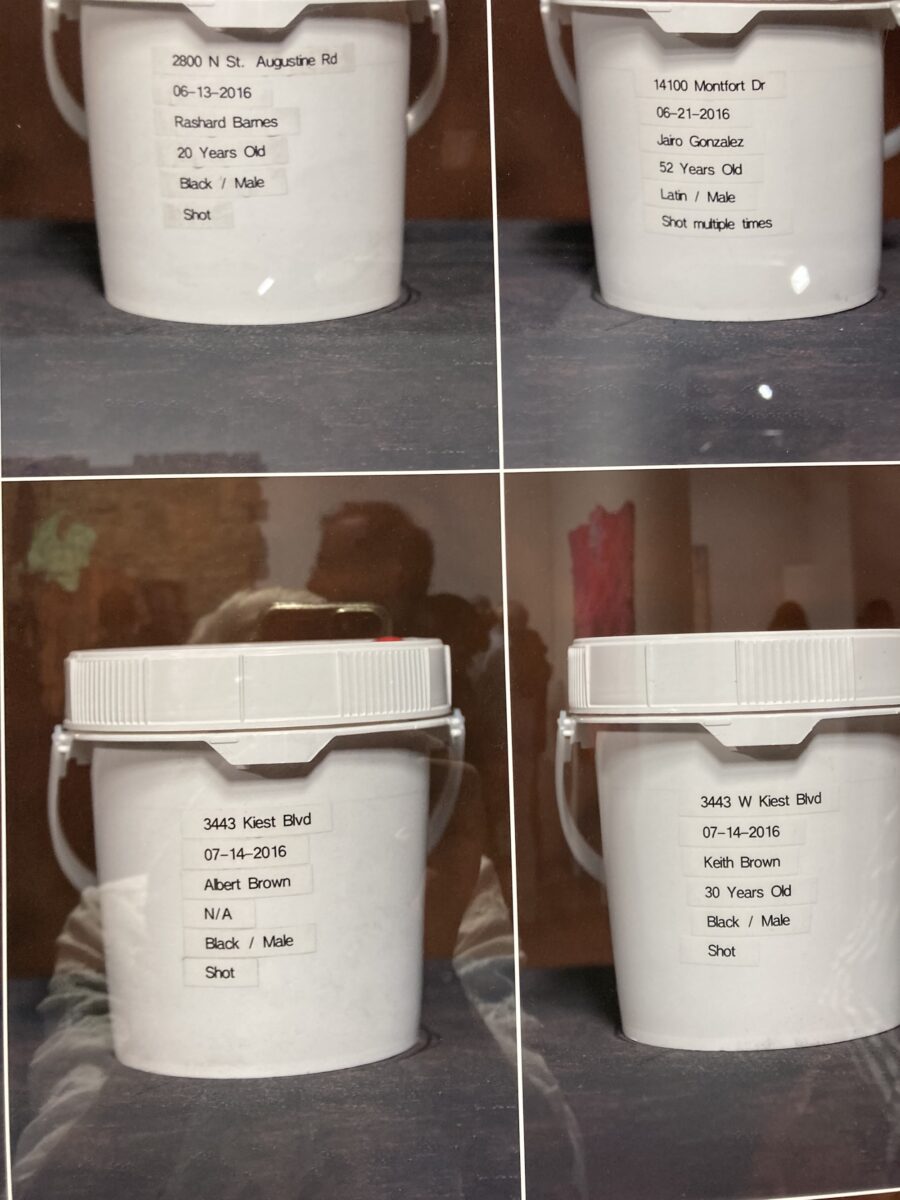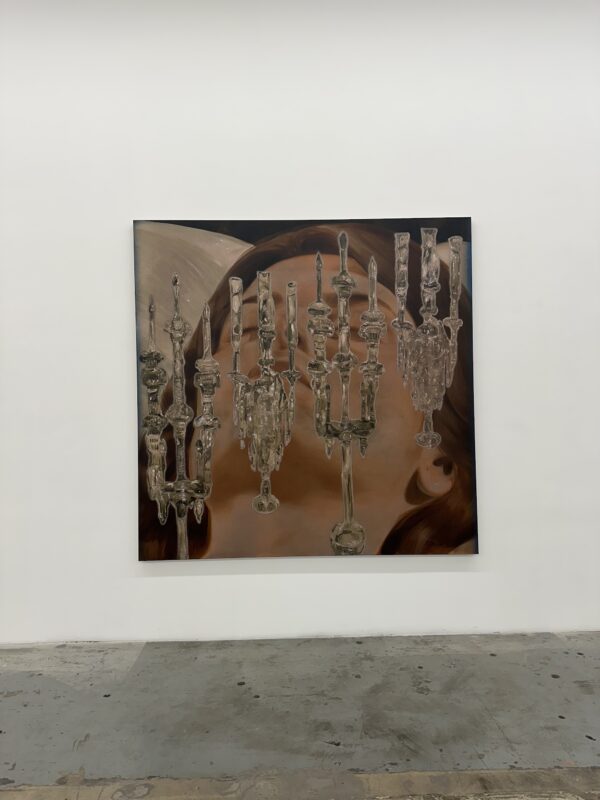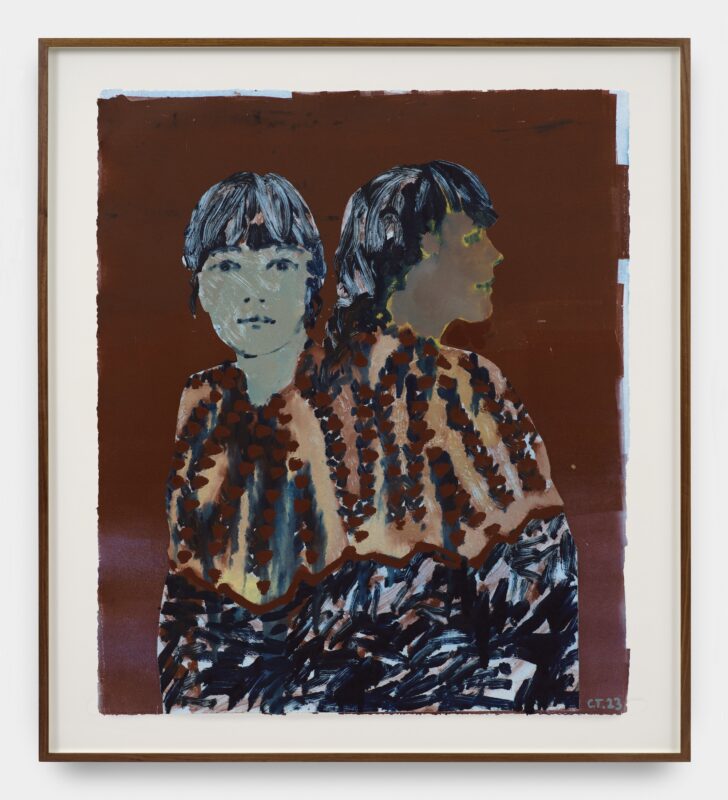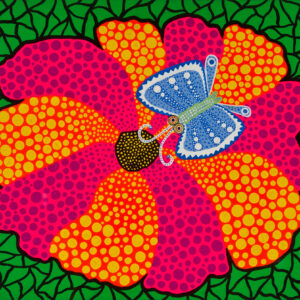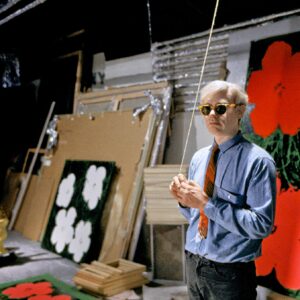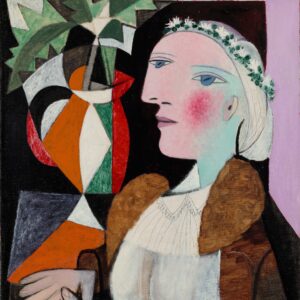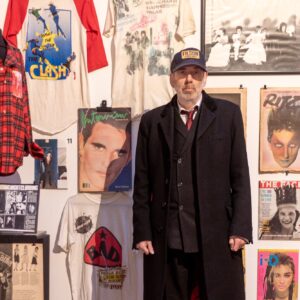Basel, Switzerland and Miami are probably the most disparate cities in the Western realm. Now celebrating 22 years in Miami Beach, Art Basel Miami Beach is almost half as old as its mother fair across the ocean. The colossal mega exhibition, staged in the Miami Beach Convention Centre, takes the island by storm and has resulted in arguably the most festive, party-filled fair week of them all with a whopping 20 satellite fairs. We attended Art Basel Miami Beach and chose 10 artworks that left a lasting impression.
Louise Fishman, Twenty Three Strokes, Van Doren Waxter
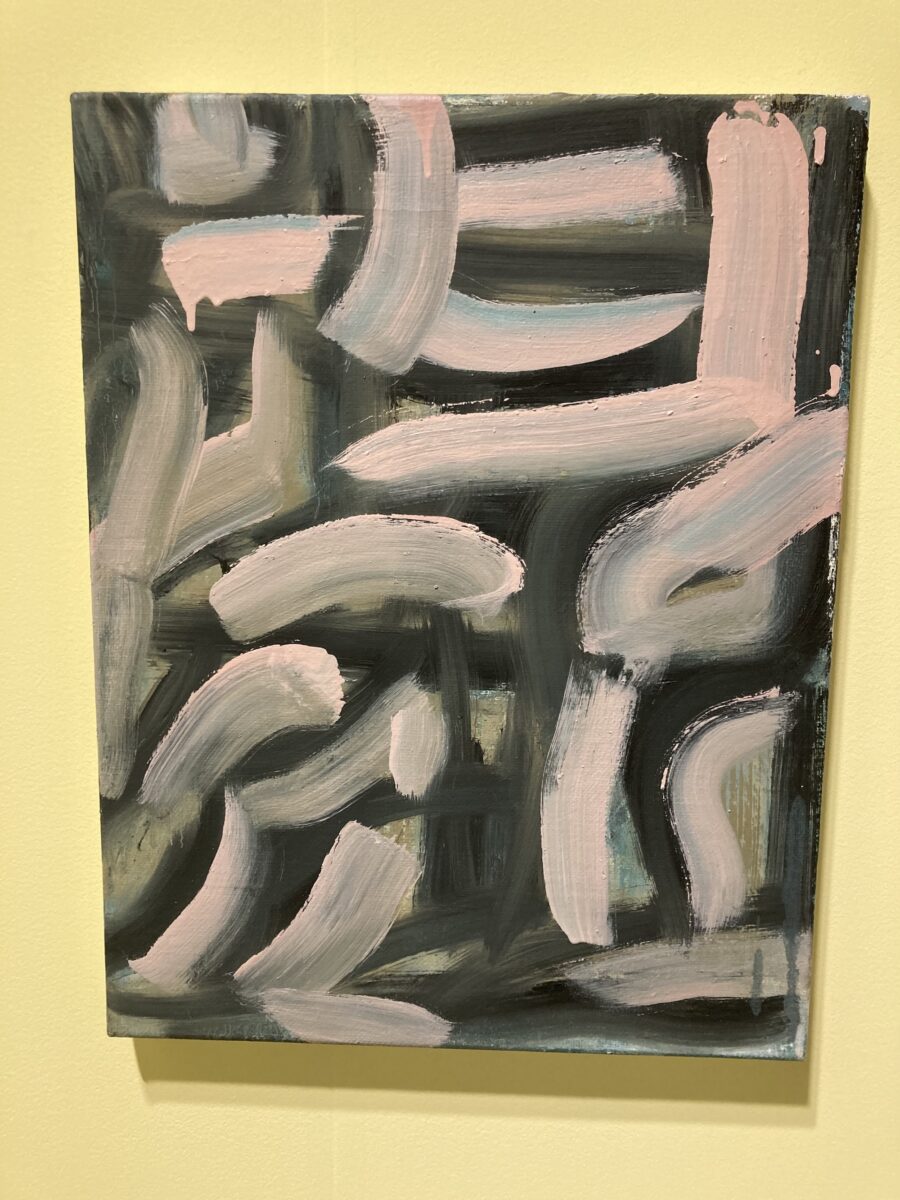
There’s a kind of confidence a painter has to have before their work can become its own signature. What makes a painter’s trademark is not only the colour, subject matter, or even format so much as it is the intrinsic gesture. The title of this painting suggests a kind of minimalist exercise: how can twenty three strokes represent the hand of the artist.? It is also reminiscent of her 1973 series Angry Woman, which was full of expressive brushwork and muddied palette that went on to define her style.
Moffat Takadiwa, Big Brother Africa, Nicodim Gallery
Named after the African version of the international reality TV franchise, the wall sculpture was recently exhibited at Possible New Dawn, an exhibition that exposed the tension between Eurocentric colonial legacy and the perseverance of African ancestral identity. In the show Big Brother, personalities and identities are systematically exploited, commodified, and devalued for the sake of capitalist gain. Intended as both a celebration and lamentation of the post-colonial African experience, the objects woven into the tapestry, such as toothbrushes, plastic spoons, and keys from calculators & computers, serve as symbols that comprise the post-industrial “blanket” of sordid histories. Their embeddedness serves to represent the interconnectedness of human beings as the objects shed their former ubiquity for new collective purpose.
Robert Huarcaya, Amazongramas, Rolf Art
There’s an ancient proverb that says, See it in Venice, buy it in Basel, and it couldn’t be more applicable than now. Although, we might have to update it to buy it in Miami. This large jungle photogram was created by exposing photosensitive paper to moonlight in the Amazon, challenging boundaries of representation. By enabling the rainforest to use its natural processes to create art, the 30m long image invokes powerful advocation for the “lungs of the world” and the general deterioration of our environment. Fresh from the Peruvian Pavilion at the 2024 Biennale in Venice, Huarcaya’s monumental installation seems poignantly at home in the two cities, both of whom are quite literally sinking.
Anastasia Bay, Maestra Lacrymae, Acte V, Venus Over Manhattan
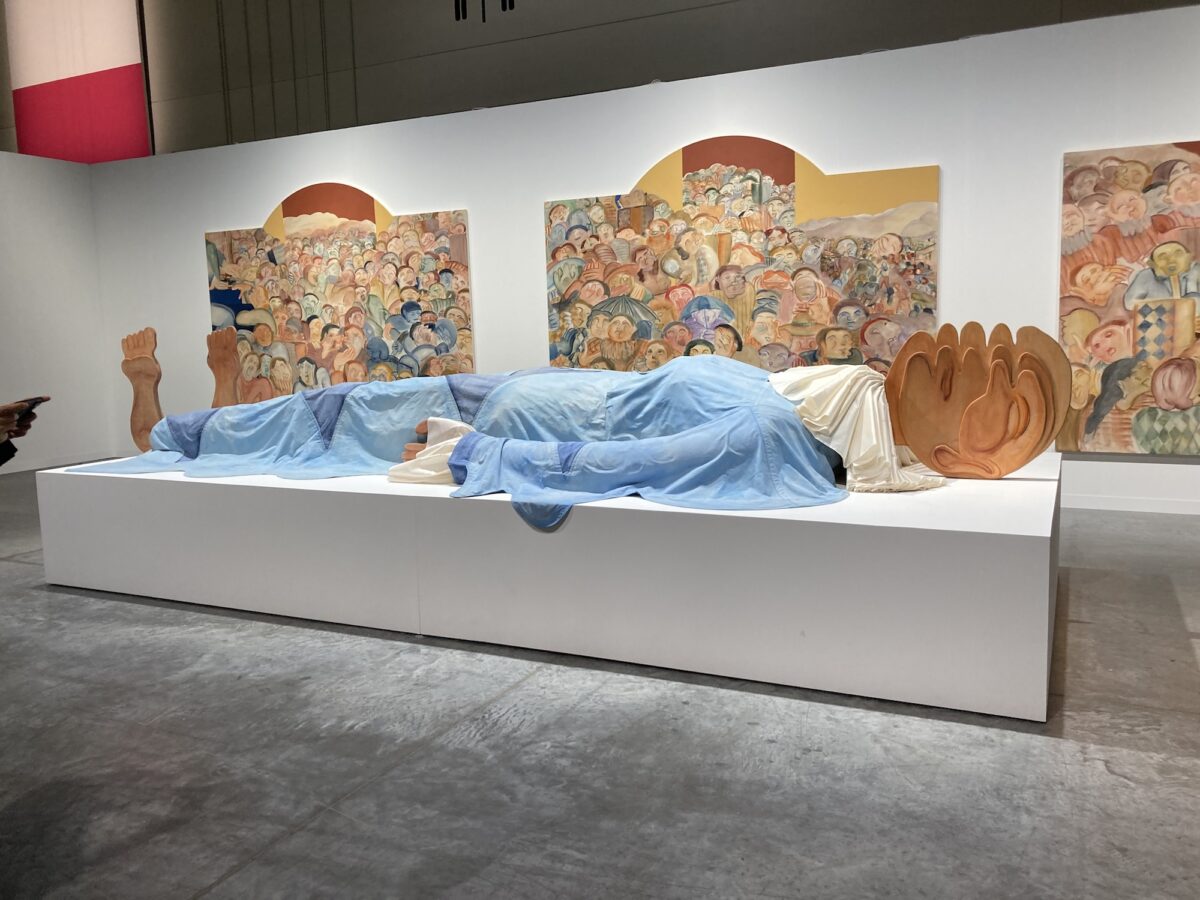
Created specifically for the fair, this debut piece is a continuation of Bay’s recent solo exhibition this past summer at Sorry We’re Closed. Resembling a harlequin puppet who has featured in previous works, this colossal figure lies across a long plinth, its distorted face and characteristic powder blue costume that looks like a Victorian circus frock equally alluring and ghoulish. Behind the figure hangs a triptych with more characters central to Bay’s work, including opera singers, deviants, and howling pedestrians that fade into the horizon. One look at Bay herself and it is clear that, in a way, she is the original artwork. The performative way in which she expresses herself, from her social media handle to her extensive bibliography, can’t help but be passed from the artist to what she produces.
David Bates, Weeping Woman I, Berggreun Gallery
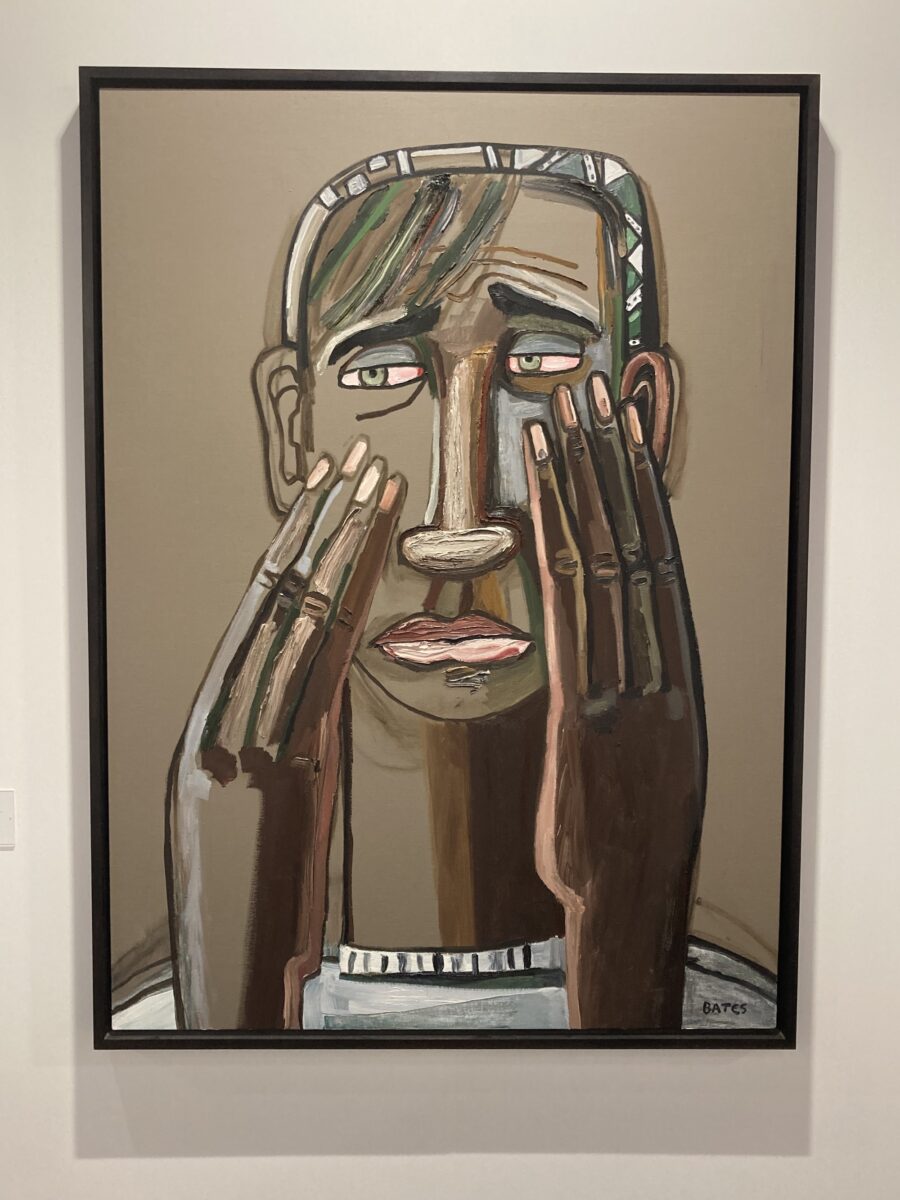
Presumably named after a series of oil paintings by Picasso, Bates has reimagined a mourning muse for contemporary times. Working across painting, sculpture, and collage, the artist has said “I make art of the things I know.” Painted in 2006, the timing of this piece suggests that the subject is coping with the aftermath of 2005’s Hurricane Katrina that devastated Florida, Mississippi, Louisiana, and much of the city of New Orleans. More calamitous than the deaths inflicted by the tropical storm was the displacement of people in its aftermath, which not only left entire neighbourhoods in ruin but shed light on the class divide as the flood map directly targeted NOLA’s poorer areas due to negligent infrastructure.
Keith Haring, Untitled, Edward Tyler Nahem
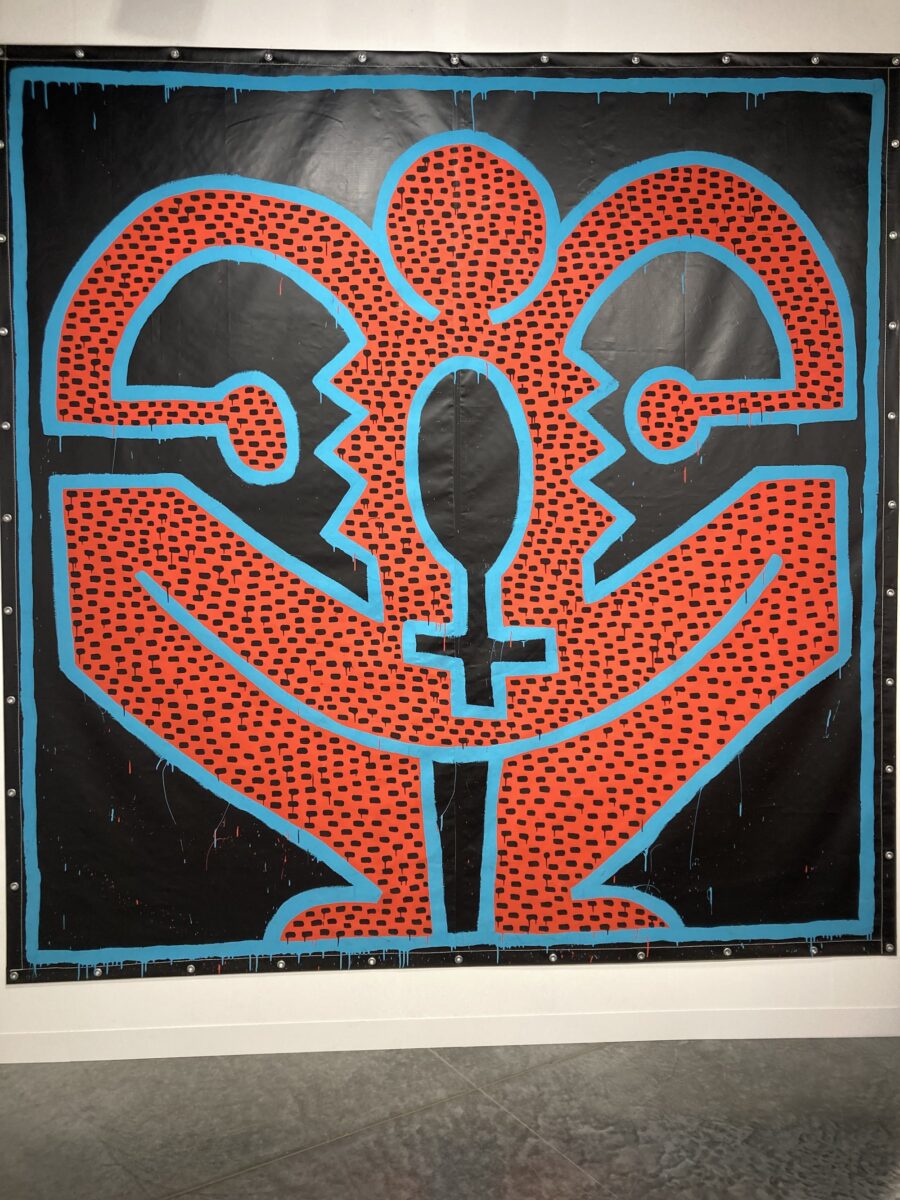
This might be one of the largest Keith Haring paintings to exist outside of mural format. Having started his career as a subway street artist, Haring used to paint on anything and everything —exemplified by the large vinyl tarpaulin, metal grommets and all. The female symbol and year it was painted suggest that it belongs to Haring’s Fertility Suite; a series of paintings that highlighted the prevalence of HIV amongst pregnant women in Sub-Saharan Africa. By shedding light on this overlooked demographic, Haring exposed the wide-reaching effects of suppression of HIV awareness due to homophobia and racism.
Paul Feeley, Untitled (January 17), 1962, Garth Greenan
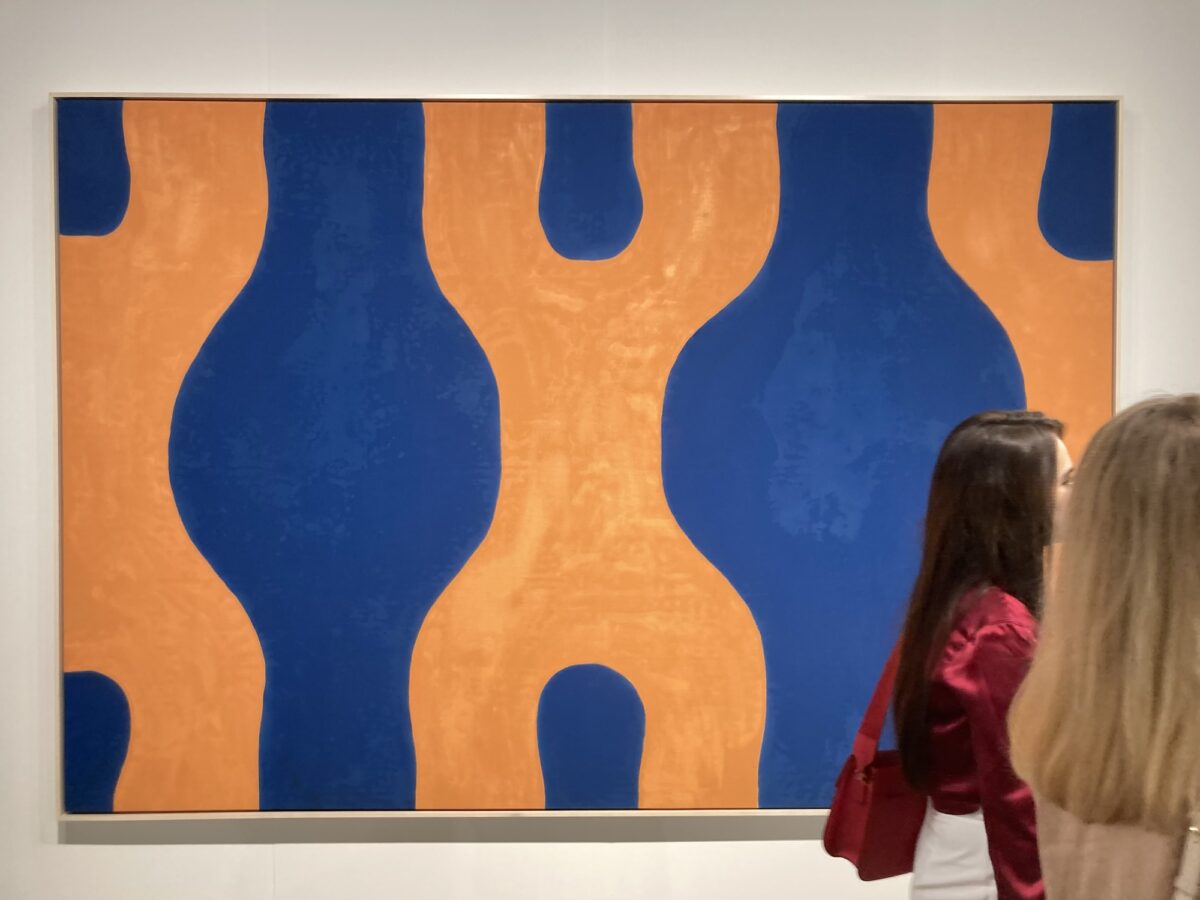
This minimal painting is the visualisation of personification. With essential use of line, the abstract shapes manage to have a strong bodily presence despite the absence of any formally recognisable tokens. Having come of age during the advent of Abstract Expressionism, his paintings – though embodying its gestural hallmark – lack its frenetic spontaneity. Instead, his works feel meditated with an intense focus on colourfield.
Thomas Schütte, Fratelli, 2012, Peter Freeman, Inc.
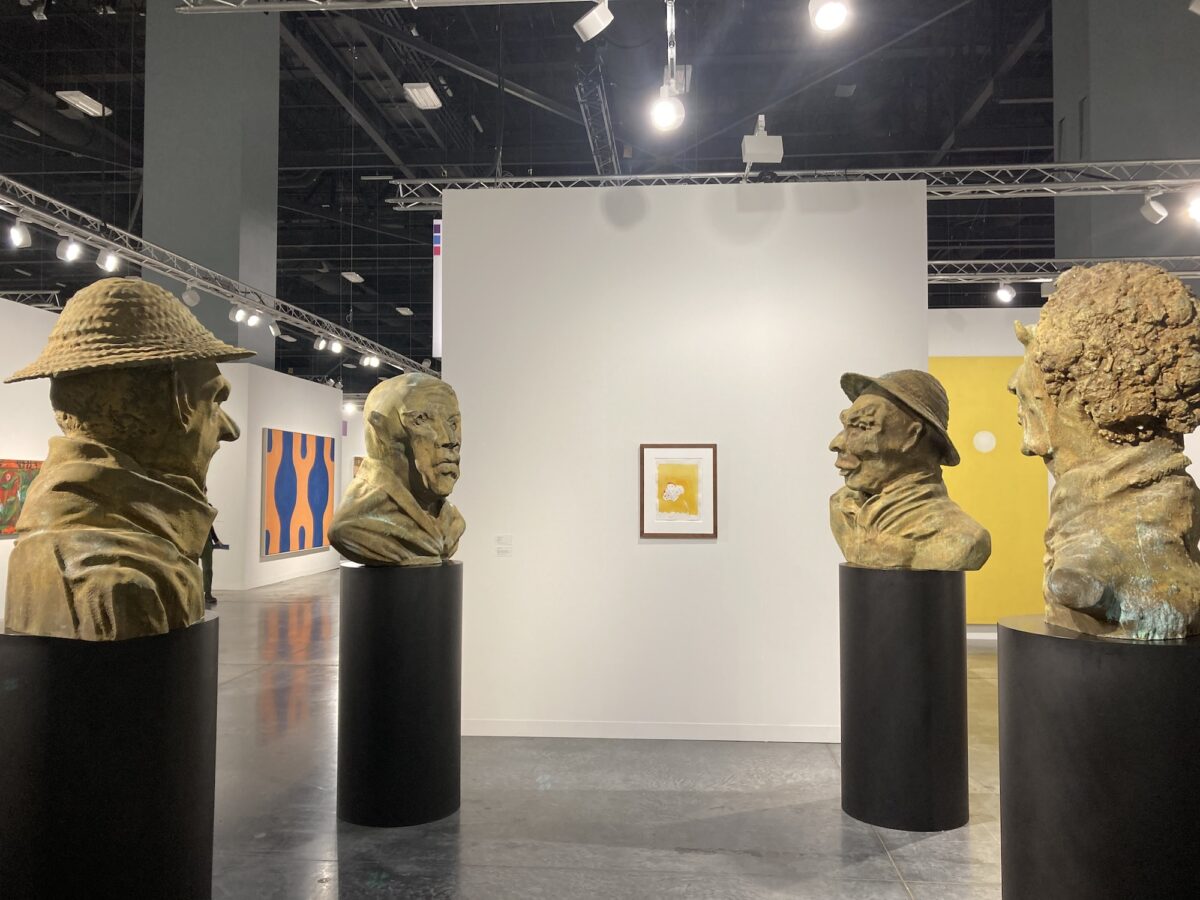
These four brothers look like a contemporary meme called If Children’s Drawings Were “Real”. Constructed and exhibited in a traditional bust format, up close their distorted faces feel like caricatures come to life, but frozen into classical sculpture. The grotesque grimaces invoke a kind of satirical act of rebellion that is reminiscent of the subliminal coping mechanisms artists and modern play writes have historically used in response to intense social repression, censorship, and political turmoil.
Teresa Margolles, El Agua de la ciudad. Dallas, Galerie Peter Kilchman
Margolles’ work regularly examines social cause and effect of human violence in a manner that is understated; to deliver a slow burn. This digital print on rag paper documents the murders committed in Dallas, Texas over the course of 2016. The process began by visiting the urban murder site to wash the pavement. In doing so, she and volunteers would continually siphon the water back into a large bucket until it was sufficiently tainted with dirt and earth. The result is a series of identical buckets differentiated on the exterior only by their label. The monotony of the faceless bucket is reminiscent of a morgue cabinet. However, the care Morgolles takes with her methodology transports the notion of life into a perceptible object, releasing the dead from anonymity and oblivion.
Yee I-Lann, My Way with weaving by Lili Naming, Shahrizan Bin Juin, Johin Endelengau, Silverlens
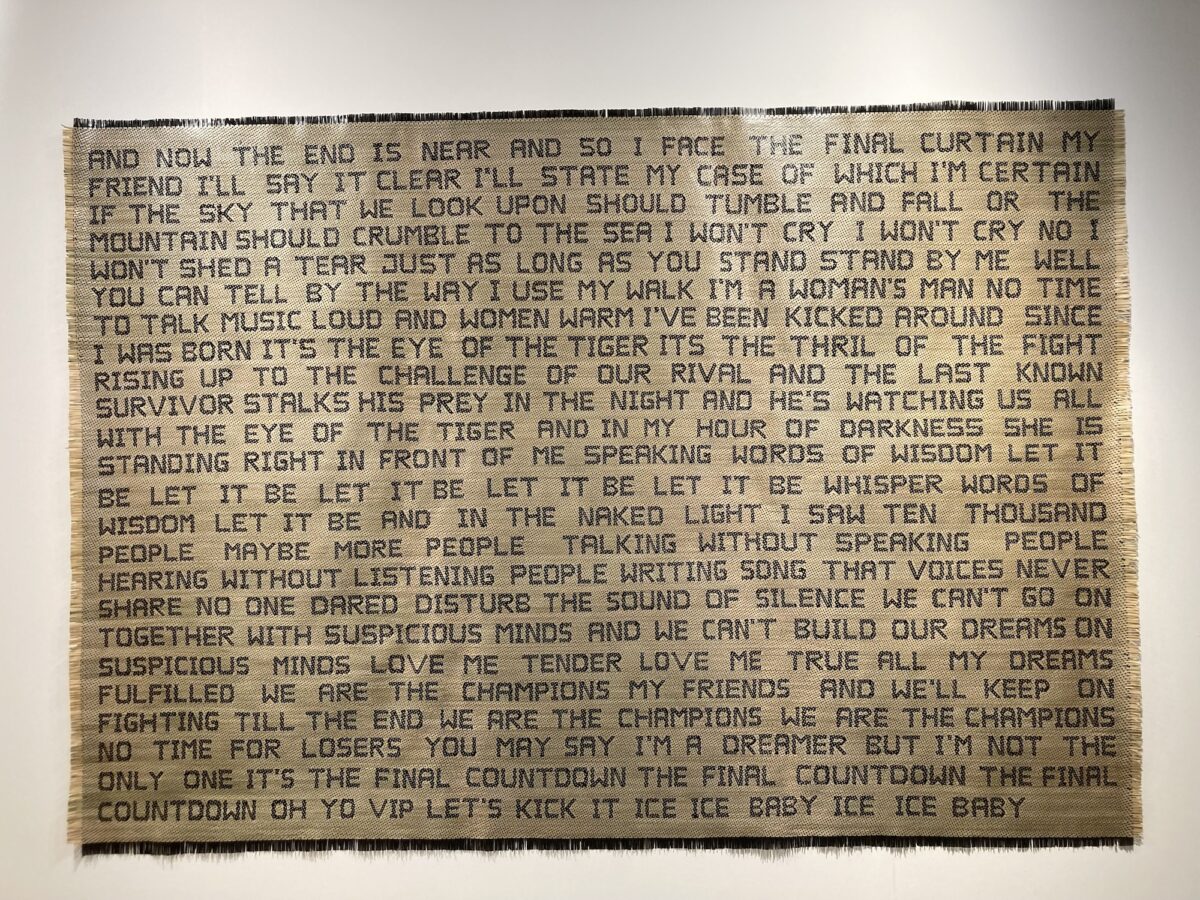
A continuation of I-Lann’s text-based Karaoke mat series, the work was produced in collaboration with mountain-based Sahaban, Malaysian weavers and highlights the intersections between weaving practices, digital art, and geopolitical histories. By adapting the digital pixel to woven units, the practitioners used recognisable phrases from “classical” Western songs to recreate, nodding to the enduring colonial legacy across Southeast Asia and the rest of the world. The collaboration opportunity provides job opportunities in her local community.
Art Basel Miami Beach, December 6th–8th, 2024 the Miami Beach Convention Center @artbasel

